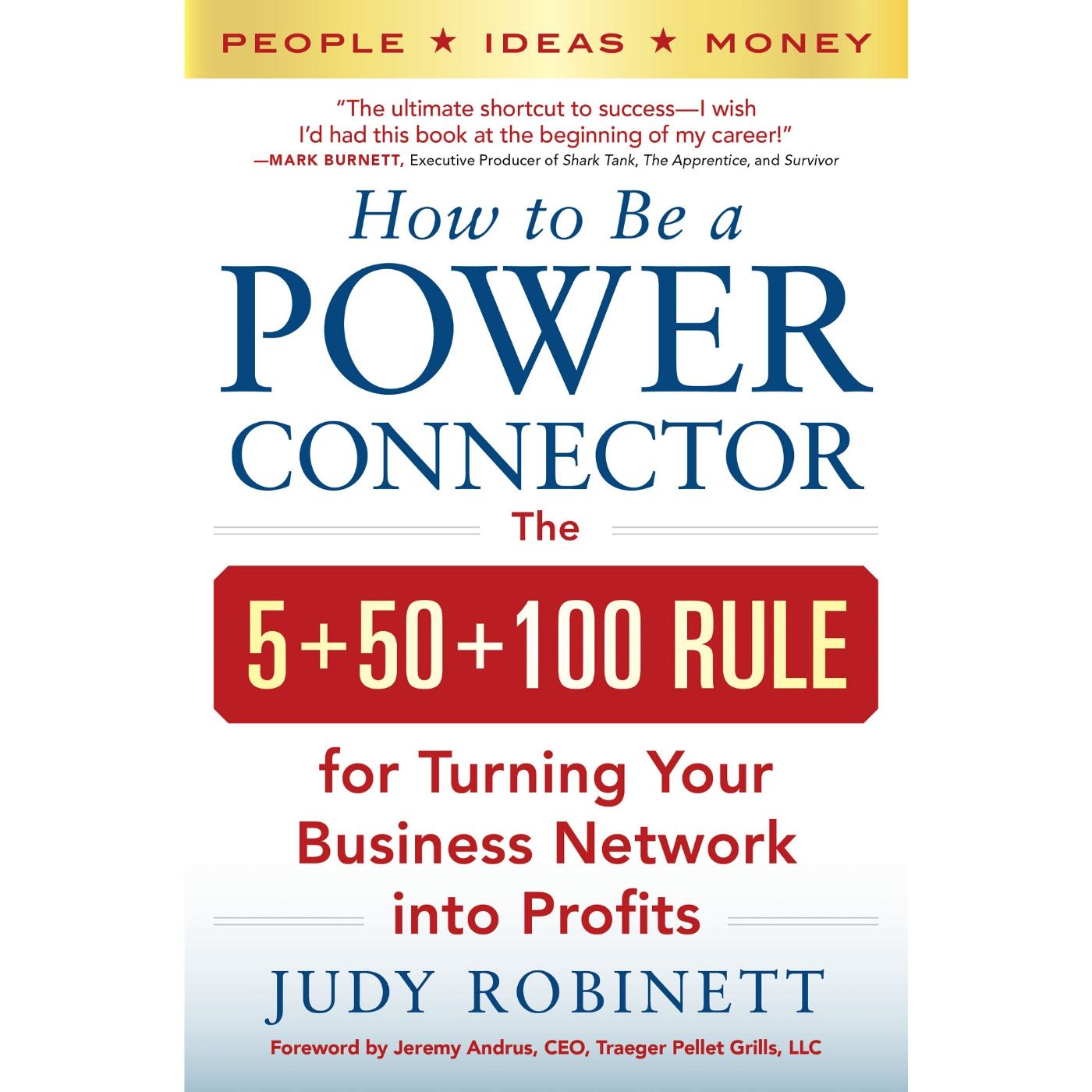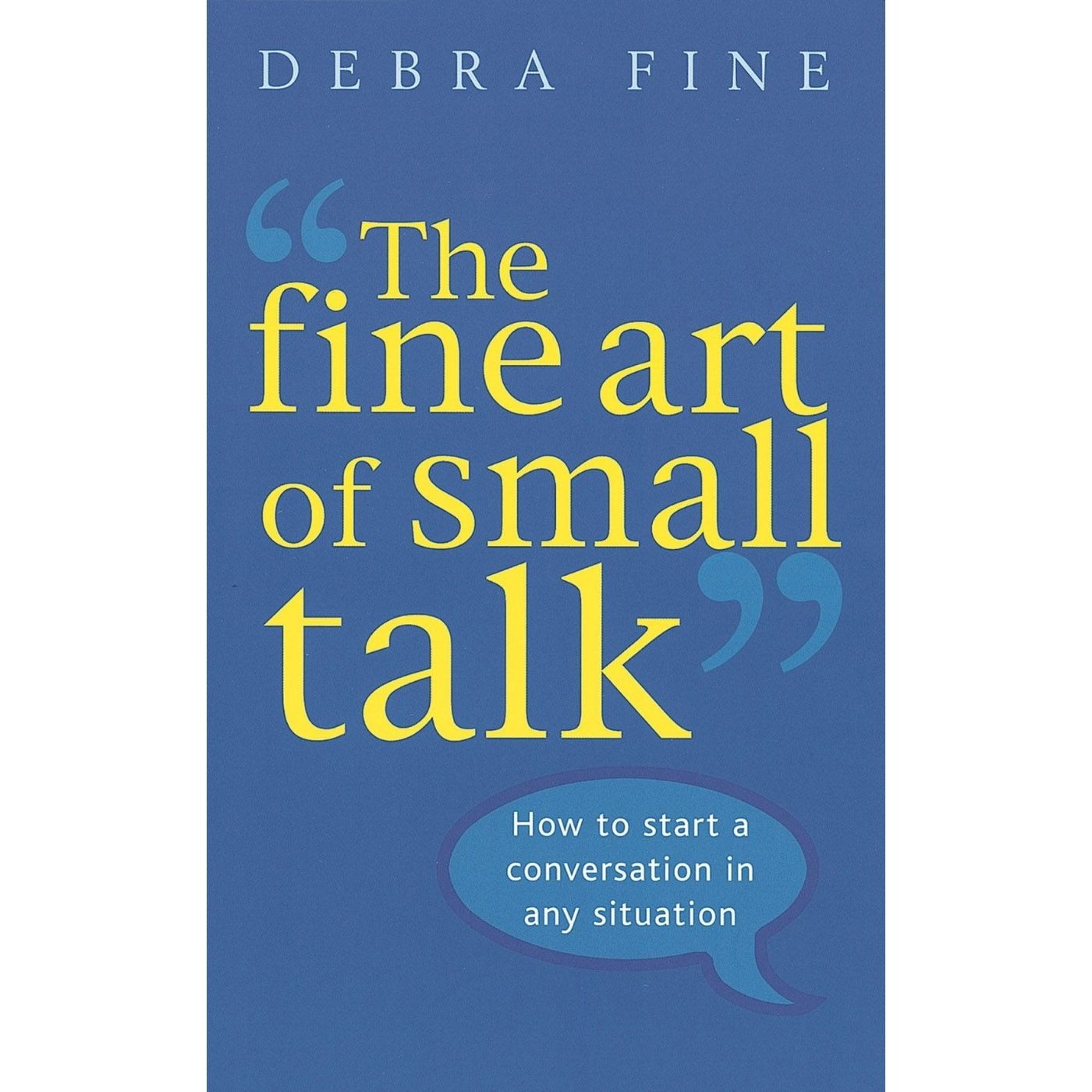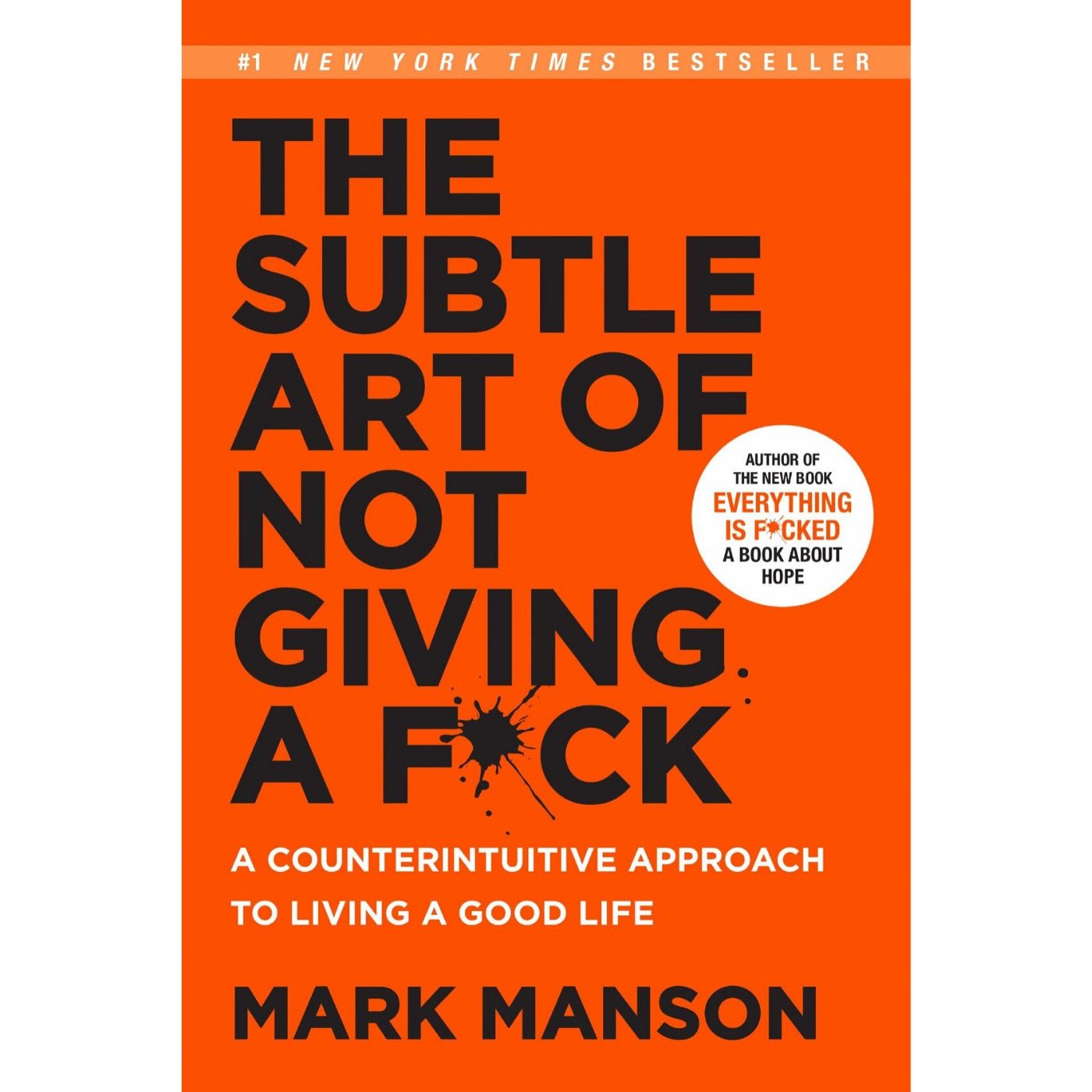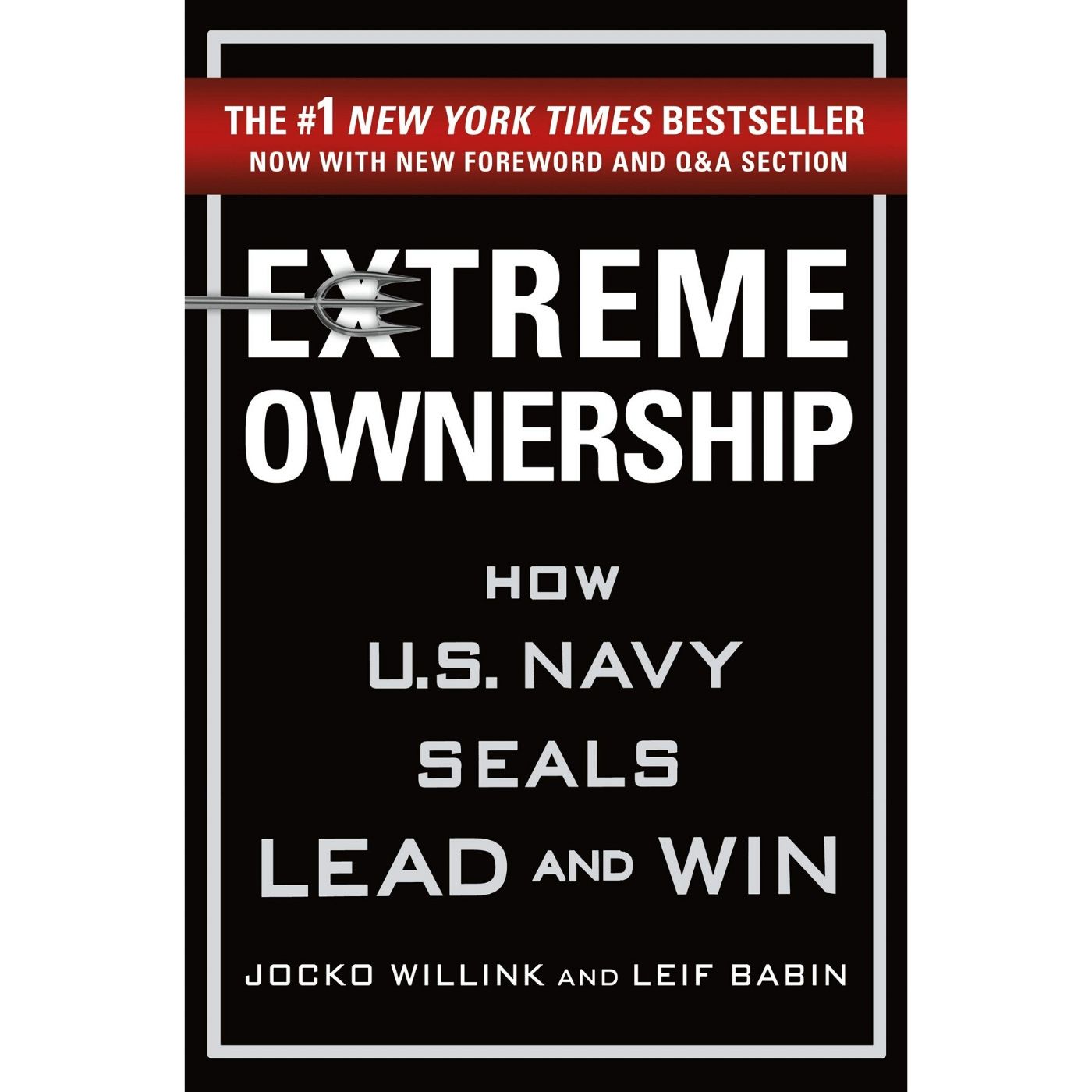How to Be a Power Connector by Judy Robinett

Table of Contents
How to Be a Power Connector by Judy Robinett is a book about her 5 + 50 + 100 rule to create and manage a network of high-value connections.
How to Be a Power Connector Summary
Your network is your net worth. – Tim Sanders
We know the need to get ourselves out there, meet people who will get us closer to our goals, and curate who we spend the most time with.
But one question is stopping us: Where to start? How to Be a Power Connector has the answers.
Lesson 1: 4 Principles to Become a Powerful Connector
Early on in the book, the author presents four principles anybody who wants to level up their networking game should follow. They are:
- Pinpoint the relationships you will pursue and nurture;
- Reach beyond just friends, family, and profession and build a wide network of connections;
- Use a system for adding value to those contacts regularly;
- Become the connector between connections.
Just like everything else in life, building relationships and curating a network requires work. You need a goal, and you must have a system in place to help you add value to your network consistently.
Lesson 2: Providing Value to Your Connections
It can be daunting to approach someone more successful than us. What can we do for them? What else do they need when they seem to have everything?
According to Robinett, everybody is looking for value. Yes, even millionaires, investors, well-known entrepreneurs, and public figures who are deemed successful by many.
People with money have a problem of knowing where to put the money. Entrepreneurs who need capital or investment are looking for people with the problem of not knowing where to put their money.
People in academia need to know about the business world. Startups need the validity and resources provided by the creativity and research in academia.
Not sure about what value you can bring someone? Do a brainstorm. Make two lists – one with your professional accomplishments and the other with your personal achievements.
They can be big or small. For example, it can be something as simple as establishing a good habit or a friend you’ve known for years.
Lesson 3: The 5 + 50 + 100 Rule
The 5 + 50 + 100 Rule is a method Judy Robinett uses to maintain the connections she has. She uses it to break down the people in her network to determine how often to keep in touch with each of them.
- Top 5: The 5 people closest to the author. She keeps in touch with them almost daily.
- Key 50: The 50 important relationships representing a significant value to Robinett’s life and business.
- Vital 100: The 100 people the author touches base with at least once a month.
Robinett checks-in with her Top 5 daily, Key 50 weekly, and Vital 100 monthly.
You can tweak the cadence based on where you’re at right now. For me, I decided to check-in with my Top 5 weekly, Key 50 monthly, and Vital 100 quarterly.
For other connections who do not fall into any of these buckets, Robinett recommends sending them a quarterly email newsletter with updates on your professional and personal life. You can also include a request for an update from them.
Lesson 4: Be Intentional About Meeting New People
Whenever Robinett moves to a new city, she will try to befriend local business people, investors, county commissioners, and editors of local papers.
When she’s boarding a flight, she can initiate a conversation with strangers because they share a commonality – in transit to another place.
How? It’s not easy, especially for an introvert. She has tips for you in the book, and it’s about crafting your elevator speech for conversations.
Lesson 5: Crafting Your Conversations
Give people a sense of who you are before starting a conversation.
Share about what you’re about and your interests. You can even bring in personal details like your family, hobbies, or community involvement. Next, bring up your business or your profession.
Make a list of what you are good at, what you are working on, and other topics you can bring up in conversations. In a way, it’s like my About and Now page.
There are many things you can find out about the other person too.
You can ask about the person’s work life, which includes topics such as business and career. Some questions you can keep in your back-pocket are:
- What sets them or their business apart from the rest?
- What they have to offer?
- What kind of advice or help do they need?
- Where do they see themselves in the future?
- What’s on top of their mind right now?
Every person cares about their own success, wants to be loved, and be healthy. Money, family, and health are the three most important things to many people you’ll stumble upon in life. Revolve your conversations around these topics.
Once you understand what people are proud of or love in their careers, families, or lives, your connection with the person will last forever.
Lesson 6: Closing a Conversation
In the book, Robinett emphasized the Three Golden Questions quite a bit. They are:
- How can I help you?
- What ideas do you have for me?
- Who else do you know that I should talk to?
Asking “How can I help you?” helps you figure out how to add value to the other person right away. It can be a suggestion, a referral, or something you can lend a hand.
“What ideas do you have for me?” lets the other person add value to you.
The last question – “Who else do you know that I should talk to?” allows you to discover whether this person has the connections you’re after.
All these questions set up a good base for a follow-up right after the meeting or conversation.
Lesson 7: Following Up with a Connection
It’s totally pointless to amass a pile of business cards that you do nothing with. Follow up right after meeting people, and try to get on their calendar again ASAP. – Erin Valenti, Technology Entrepreneur
Robinett recommends following up with someone within 24 hours of your first meeting.
Once you’ve settled down after conferences, meetings, or phone calls, follow up with the person you’ve interacted with right away. It can be an email, a text, or an invitation to connect on LinkedIn.
Thank them for taking the time to interact with you. Invite them to keep in touch. You can also attach a useful link, a suggestion, or a valuable introduction in the follow-up message.
Don’t forget to ask for additional contact details if you’re missing any. And always end the note with what you are working on, so they know how to help.
Like how I have templates to say no, it’s worth building one for following up with new connections.
Lesson 8: Men and Women Network Differently
As a well-connected person, Robinett noticed the differences between how men and women network. She shares them towards the end of the book.
An observation she has was how men tend to network up and down whereas women network more peer-to-peer. Men try to get seniors to be their mentors, or the other way round, whereas women reach out to their peers.
Also, the network women build is more extensive whereas men focus on building alliances to benefit their own members.
How to Be a Power Connector Review
How to Be a Power Connector is a good book to help someone get started with building a network for themselves.
You can build a very robust system for networking with Judy Robinett’s 5 + 50 + 100 Rule, the follow-up cadence she recommends, as well as her advice on what to say in conversations and what to include in a follow-up message.
Buy the Book
Want to dive deeper into the concepts above and take your networking skills to the next level?
Get yourself a copy of How to Be a Power Connector by Judy Robinett.
Join the Newsletter
Every two weeks, you will receive an email from me with interesting content pieces or products that I stumbled upon, as well as my latest essays.
No spam, ever. Unsubscribe at any time.

